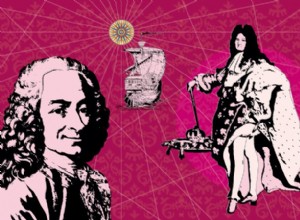Preserved thanks to the sand of the salty desert, one of the most inhospitable on Earth, the ancient city of Shahr-i Sokhta it would have arisen around 3200 BC in the province of Sistan-va-Baluchistan, in Southeast Iran . The reasons for its disappearance under the desert sands as early as 2,




